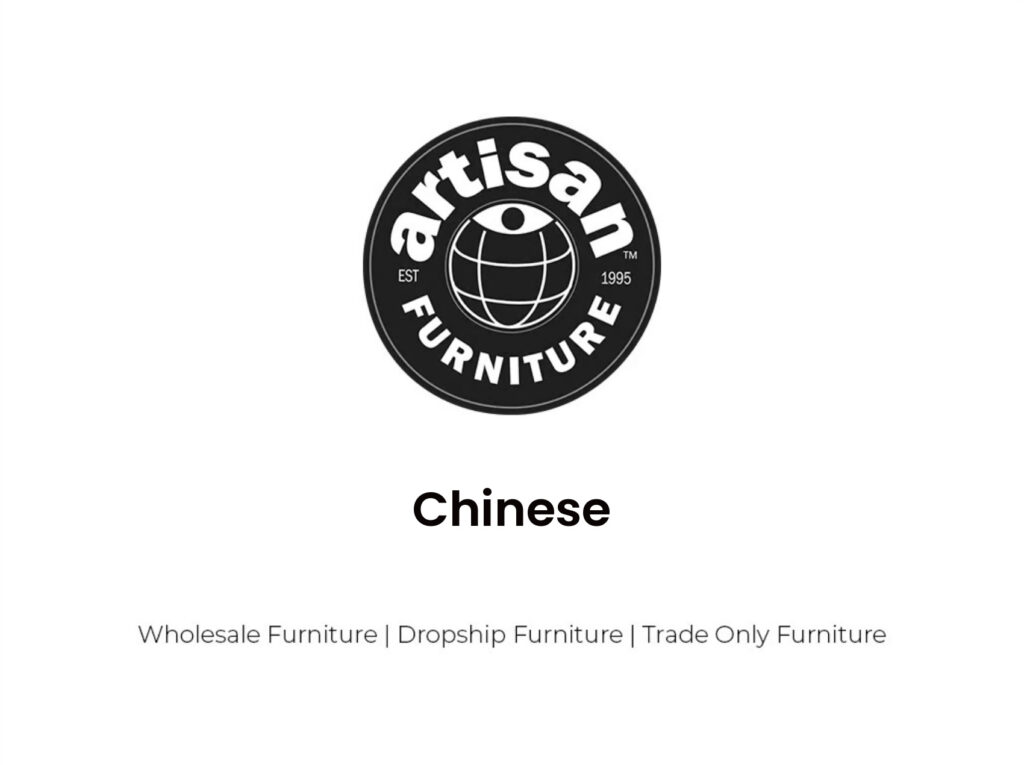Chinese
The majority of Chinese furniture is made of plain, polished wood, although the most expensive pieces have frequently employed lacquer to cover all or some of the visible sections since at least the Song era. From around the Ming dynasty onward, furniture may be found using all the several sub-techniques of Chinese lacquerware, which are becoming more commonly utilised and more socially accessible. Originally solely accessible to the imperial family or the exceptionally wealthy, carved lacquer furniture became simply very expensive by the 19th century and was primarily found in smaller pieces or as embellished portions on larger ones. On screens, which were prevalent in China, it was particularly well-liked. Particularly on furniture, lacquer inlaid with mother of pearl was a common method.
Frame and panel, yoke and rack (based on post and rail seen in architecture), and bamboo construction methods were the foundations upon which the shapes of Chinese furniture evolved along three independent lineages dating back to 1000 BC. Chinese household furnishings developed independently of Western furniture into a variety of shapes that resemble Western furniture, including chairs, tables, stools, cabinets, beds, and sofas. In traditional Asian fashion, the Chinese sat on mats or low platforms at low tables until around the 10th century CE, but gradually switched to elevated tables with chairs.
Chinese furniture is often lightweight when possible, predating Europe in this regard by several centuries. Purely decorative metal mounts were uncommon compared to traditional good European furniture, but practical metal fittings like hinges, lock plates, drawer handles, and protection plates at edges or foot are utilised and frequently given great prominence. Furniture created for export, especially to Europe, started in the Qing period and developed its own style. It was typically made in a variety of shapes to suit the markets it was going to, and it was lavishly painted with lacquer and other techniques.
Early traditional Chinese seating and lying furniture was not frequently upholstered with soft material. Cushions, linens, and other types of upholstery weren’t added to Chinese furniture that had been influenced by Western culture until fairly recent historical times. For both decorative and functional purposes, such as chair backs, openwork in carved wood or other techniques is fairly common. Even though there are very few surviving examples of older pieces, the Ming era is considered the “golden age” of Chinese furniture. Although, like in other areas of Chinese art, the 18th and 19th centuries saw increased riches employed for often excessively complex items, Ming styles have essentially set the style for furniture in traditional Chinese design in succeeding decades.


